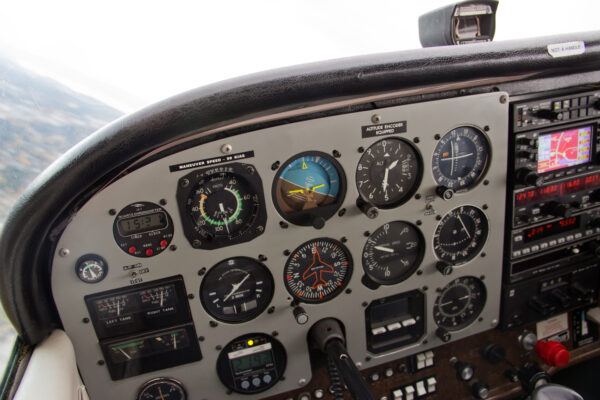Introduction
Soaring through the skies with the confidence and precision of an instrument-rated pilot is a dream for many aviators. An instrument rating grants pilots the ability to operate an aircraft solely by reference to instruments, even when visibility is severely limited. Whether you aspire to enhance your safety margins in challenging weather conditions or pursue a career in professional aviation, obtaining an instrument rating is a significant milestone in your flying journey. But how long does it typically take to achieve this coveted certification?

Image: www.boldmethod.com
The time it takes to earn an instrument rating varies widely depending on several factors, including the individual’s prior flight experience, availability for training, and the pace of instruction. While there is no one-size-fits-all answer, this comprehensive guide will provide you with a detailed breakdown of the typical timeline and the key elements that influence the duration of instrument rating training.
Factors Affecting Training Duration
Prior Flight Experience
Pilots with a strong foundation in basic piloting skills and a solid understanding of aircraft systems will likely progress through instrument training more quickly than those with limited experience. Prior logged flight hours and previous training, such as a private pilot license, can significantly reduce the overall training time.
Availability for Training
The frequency and consistency of training sessions play a crucial role in the pace of your progress. Dedicate dedicated blocks of time to instrument training and avoid prolonged breaks to maintain momentum and retention. Consistency is key to developing the proficiency and confidence required for the instrument rating.

Image: www.cfiacademy.com
Pace of Instruction
The pace of instruction refers to the speed at which the flight instructor and student move through the instrument rating syllabus. Some pilots prefer a more accelerated approach, completing the training in a shorter timeframe, while others may opt for a more gradual pace, allowing for better absorption of the material.
Typical Timeline
Phase 1: Ground School (30-50 Hours)
The initial phase of instrument rating training involves comprehensive ground school instruction, typically comprising 30 to 50 hours of classroom sessions. During this phase, students delve into the complexities of instrument flying, covering topics such as instrument interpretation, navigation, weather theory, and federal aviation regulations.
Phase 2: Flight Training (40-60 Hours)
Once the ground school foundation is established, the focus shifts to practical flight training. This phase typically involves 40 to 60 hours of dual flight instruction in an instrument-equipped aircraft. Students practice various instrument approaches, holding procedures, and emergency scenarios under simulated instrument conditions.
Phase 3: Cross-Country Flight (5 Hours)
To demonstrate proficiency in real-world instrument flying, pilots must complete a cross-country flight of at least 250 nautical miles, including portions flown solely by reference to instruments. This extended flight provides an opportunity to apply the skills and knowledge acquired during training in a practical setting.
Phase 4: Instrument Flight Check (3-5 Hours)
The final step in the instrument rating journey is the instrument flight check, also known as the “checkride,” conducted by a Federal Aviation Administration (FAA) examiner. During this evaluation, the pilot demonstrates their ability to perform various instrument maneuvers, navigate through complex airspace, and respond to emergencies in a simulated instrument environment.
How Long To Get Instrument Rating
Conclusion
While the duration of instrument rating training can vary, it typically ranges from 75 to 120 hours of combined ground school and flight instruction. By understanding the factors affecting training duration and preparing accordingly, you can set realistic expectations and optimize your learning experience. Remember, the ultimate goal is not just to obtain the certification but to develop the skills, knowledge, and confidence necessary for safe and proficient instrument flying.
If you have a passion for aviation and a desire to elevate your flying capabilities, the journey to an instrument rating is a rewarding one. Begin your training journey today and embark on the path to unlocking a world of opportunities in the realm of instrument flying.